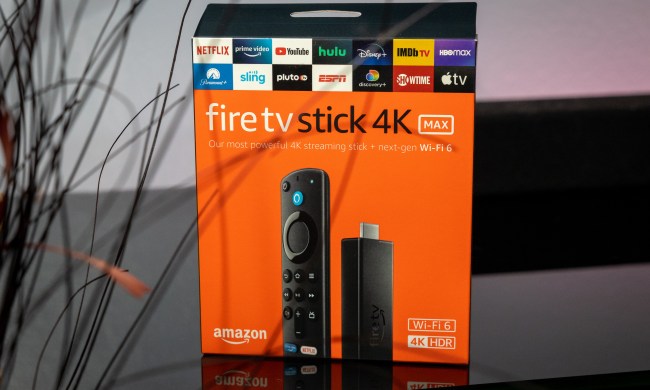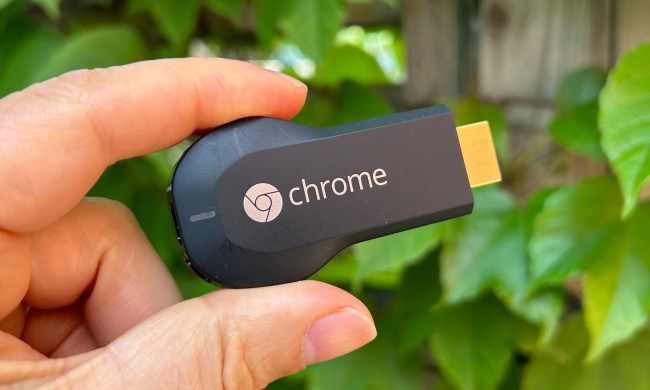As expected, Facebook has unveiled a group of new products under its Portal brand. These include the 10-inch $179 Portal, the 8-inch $129 Portal Mini, and the rumored $149 Portal TV, a version of the Portal that looks a little like a Microsoft Xbox Kinect accessory and uses a TV as the display.
- Full coverage and analysis of the launch of the new Facebook Portal products

Each of the three new devices offers the same features, but Portal TV has been designed with Facebook’s Watch Together feature in mind. Both the revamped Portal and the new Portal Mini continue to use the digital picture frame format, with built-in cameras and speakers, plus the ability to switch between portrait and landscape orientations. You can do video calls, see photo slideshows, and watch videos. New to the platform is WhatsApp calling, which Facebook says uses end-to-end encryption for better privacy. Other privacy features include the ability to shut off the camera and microphone with a switch, and there’s a physical cover which can slide over the camera lens to leave no doubt about whether it can see into the room or not. A red light next to the lens indicates when the camera and microphone are off.
Streaming has become a big part of the Portal experience. All three devices have the Amazon Prime Video app, and additional Portal video apps are available to download including Showtime, CBS All Access, Starz, Pluto TV, Red Bull TV, and Neverthink. You can stream music from Spotify, Pandora, iHeartRadio, and iHeartRadio Family.
At the core of the Portal devices is an AI-powered Smart Camera that can automatically pan and zoom to follow the person who’s on-camera. Smart Sound does the same thing, but with a focus on the voice of the person who’s speaking. Facebook claims both features are powered by on-device hardware, not software located on Facebook’s servers. Nevertheless, the Portal family also uses voice assistant technology that is triggered whenever it hears “Hey Portal.” These interactions are sent to Facebook’s server infrastructure and the company is making an effort to be transparent about how this works in the light of recent controversies around voice assistant recordings. “A trained team may review a sample to make our voice services smarter and more accurate for everyone,” the announcement said. Much like Amazon’s Alexa, you can view, hear and delete any of your “Hey Portal” voice interactions in your Facebook Activity Log. However Facebook is going one step further: You can also turn off voice storage in the Portal’s settings, preventing voice interactions from being stored or reviewed.
The Portal lineup is available in the U.S. and Canada and is coming to the United Kingdom, France, Italy, Spain, Australia, and New Zealand. Portal is now available to pre-order in the U.S., Canada, and Europe from portal.facebook.com and select retail locations. Portal and Portal Mini begin shipping October 15 and Portal TV begins shipping November 5. If you buy any two Portal devices, Facebook will give you $50 off.



